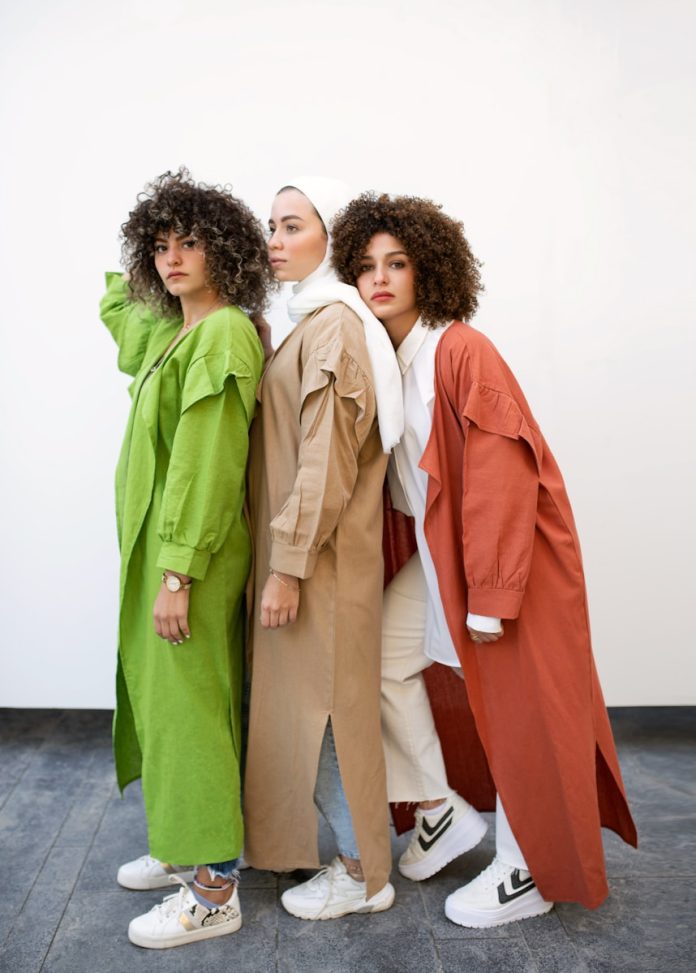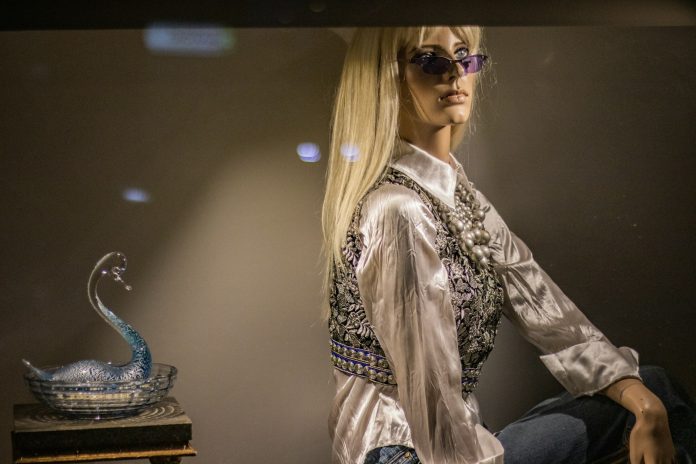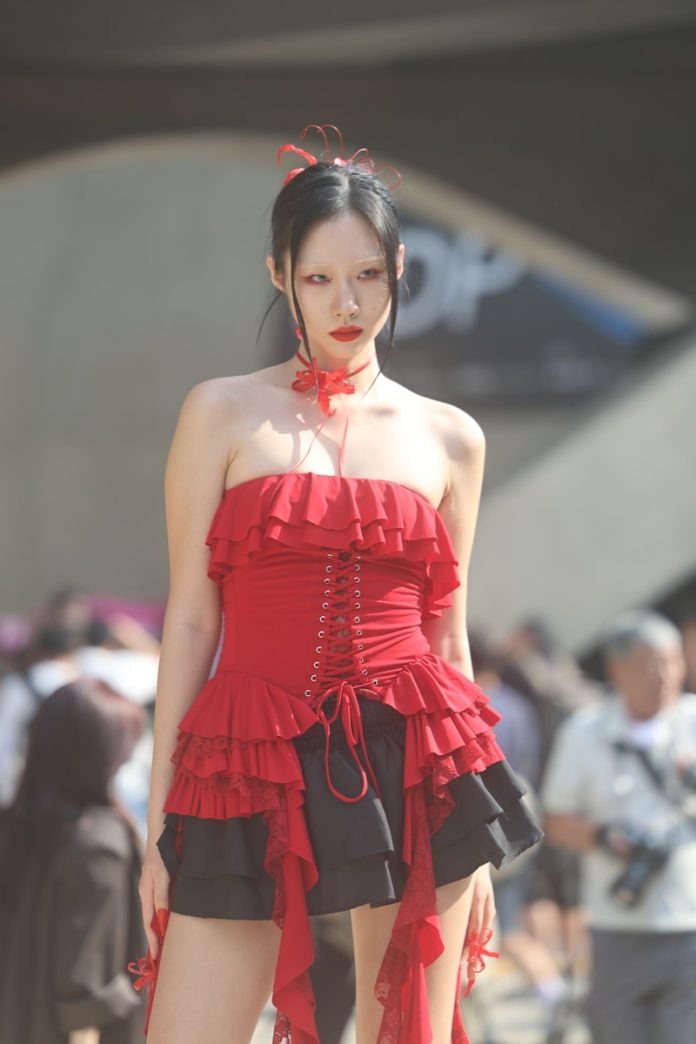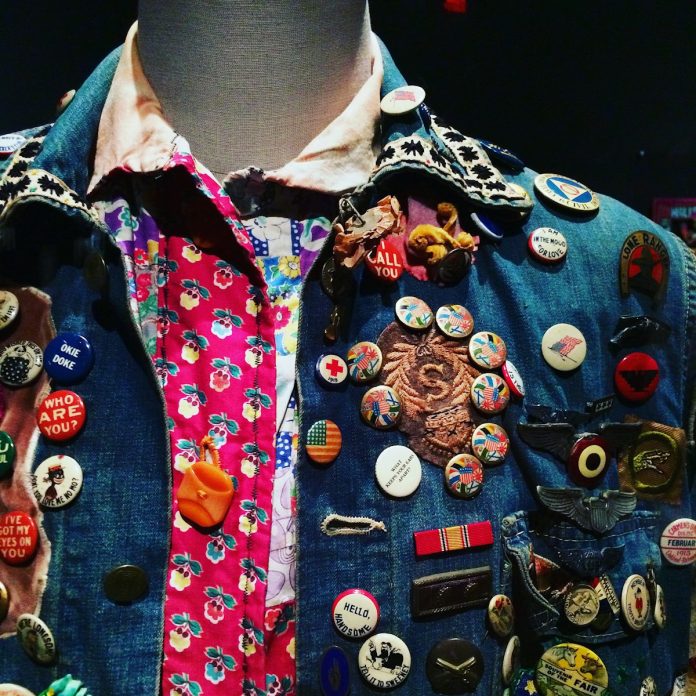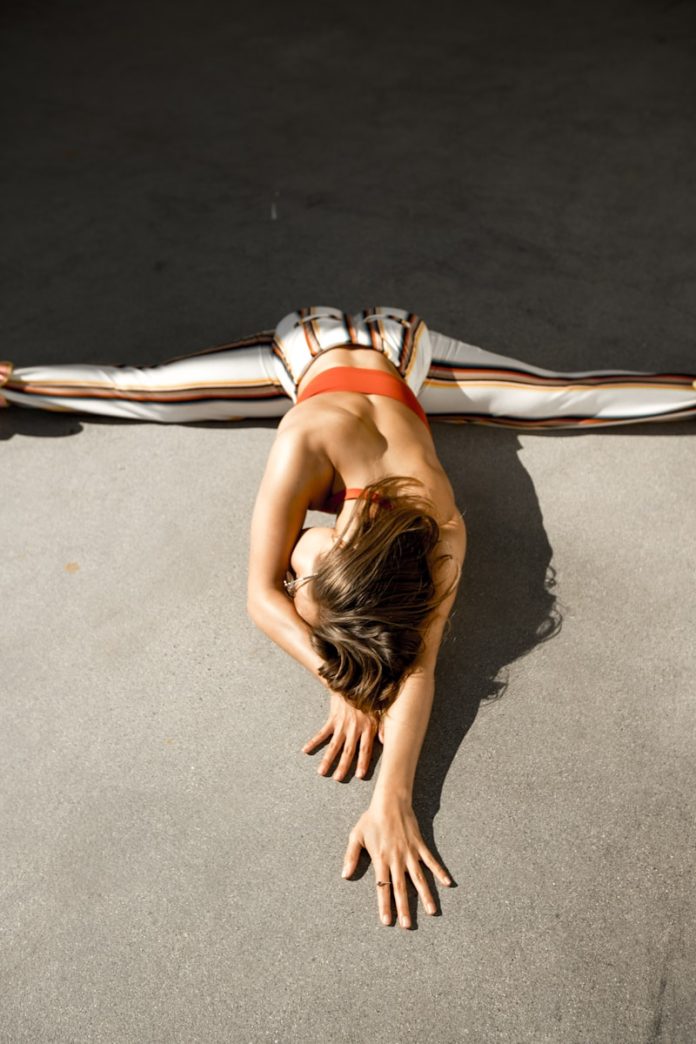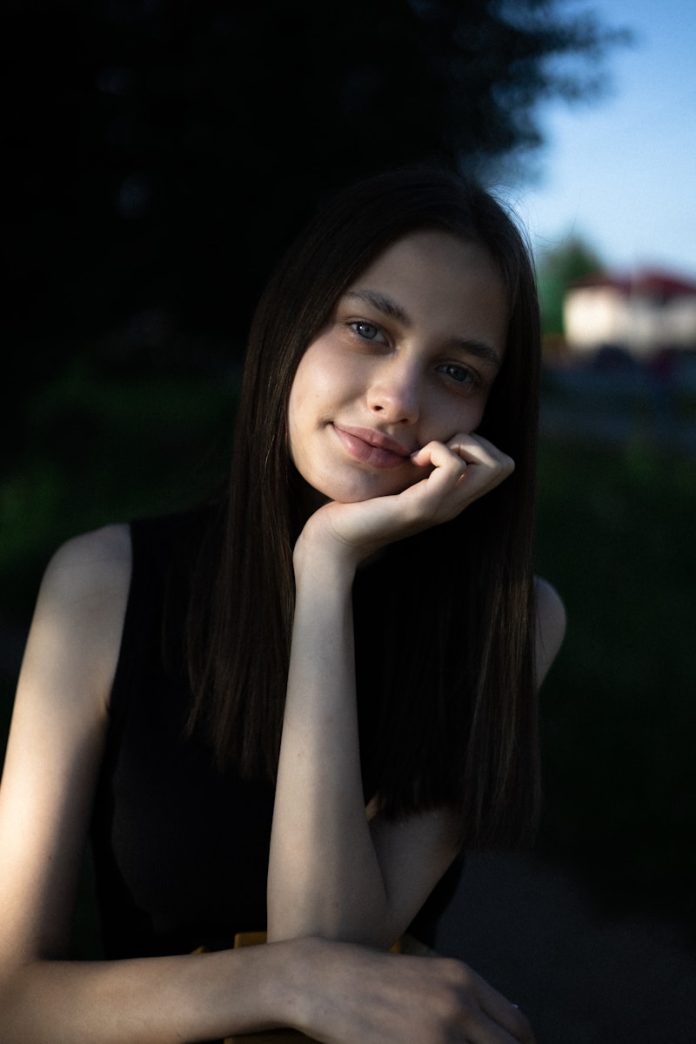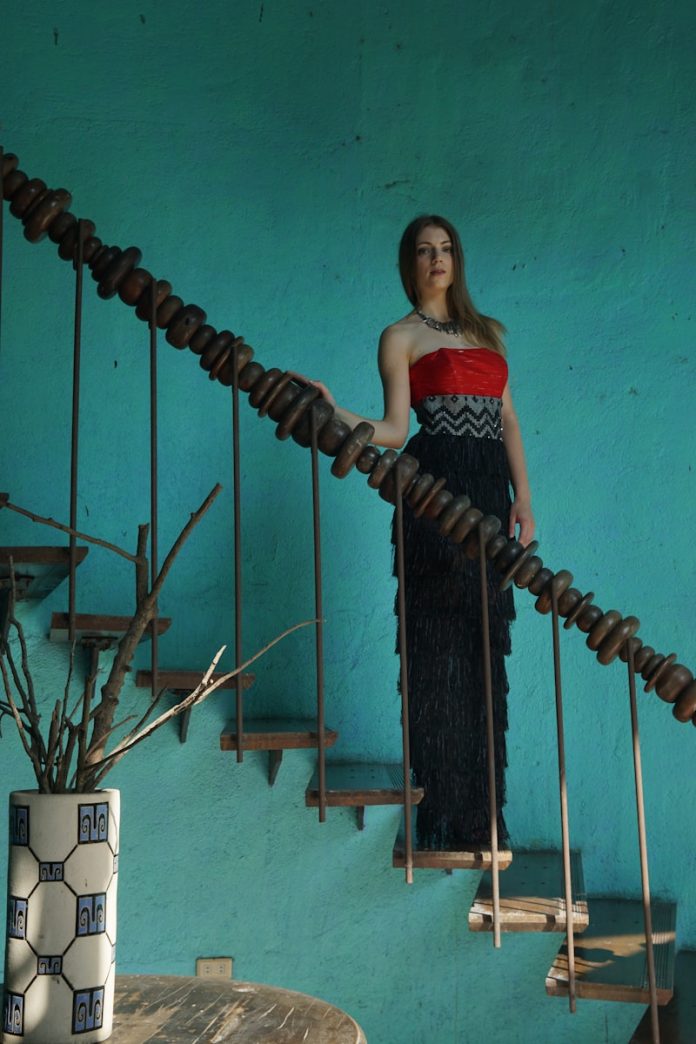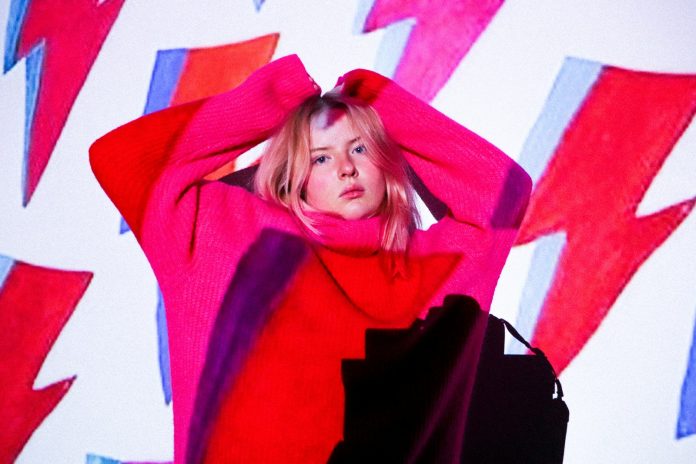In a world where conformity often dresses itself in beige, choosing to wear a bold pattern can feel like an act of defiance. Leopard print coats, psychedelic swirls, neon checks, clashing florals, oversized polka dots — they don’t whisper, they roar. And those who wear them don’t just get dressed, they declare. Bold patterns have long been associated with style rebels, subcultures, artists, and anyone brave enough to resist blending in.
But why do loud prints still matter in a world where “quiet luxury” dominates the runways and minimalist wardrobes flood social feeds? The answer lies deeper than style. Bold patterns are not just aesthetics — they are expressions. They are about being seen, about celebrating identity, history, resistance, and confidence without uttering a single word. To wear them is to tell a story, sometimes centuries old, stitched into a single garment.
Pattern as Personal Narrative
Fashion often functions as non-verbal communication. A minimalist outfit can say “I am streamlined, efficient, unobtrusive.” But a kaleidoscope blouse in an office full of navy blazers sends a different message entirely: I’m here. I’m unapologetically myself. And I don’t mind your attention.
For many, bold patterns are more than visual stimulation — they’re a personal signature. The bright Ankara prints worn in Nigerian markets, the sharp tartans of Scottish clans, the hypnotic batik of Indonesia — each tells a story that transcends trend. To wear a bold pattern rooted in culture is to carry history on your shoulders. It’s ancestry turned into art.
Even outside of cultural traditions, people find emotional resonance in bold fashion. Some wear vibrant plaids or geometric prints as a form of personal armor — a way to channel courage on days when confidence falters. The right print can feel like a shield, or a celebration. It’s clothing that reminds you: You are not meant to disappear.
Against the Beige Tide: A Countercurrent in Modern Fashion
We live in the era of neutrals. Social media, especially platforms like Instagram and TikTok, has fueled an aesthetic shift toward sameness: monochrome outfits, beige-on-beige interiors, “clean girl” looks, and the algorithm-friendly uniformity of white shirts and linen pants. This minimalist movement has its merits — simplicity, elegance, sustainability — but it’s also easy to disappear in.
Enter bold patterns.
They reject the algorithm. They disrupt curated feeds. A pair of zebra-print trousers or a checkerboard blazer doesn’t blend in, and that’s the point. For many, embracing bold fashion is an act of resistance — against digital perfection, against sameness, against the idea that fashion should always be flattering, tidy, or palatable.
In this context, loud prints don’t just stand out — they stand up.
Fear and Fabric: Why Bold Dressing Feels Risky
Still, not everyone dares to wear them. Bold prints carry perceived risks. They can draw attention to parts of the body people are taught to hide. They can be misread as “too much” — too loud, too feminine, too flamboyant, too confident. Fashion, for all its creativity, still obeys certain invisible rules. And breaking them with a tiger-striped suit or a patchwork trench coat can feel rebellious — or even unsafe, depending on where you live, who you are, and how you identify.
This is why bold patterns often find their strongest champions in marginalized communities — people who’ve never had the luxury of blending in. Queer fashion, for instance, has long embraced vibrant, unconventional prints as a form of visual storytelling. From drag queens in sequin paisley gowns to queer streetwear featuring neon graffiti motifs, these patterns have become part of a lexicon of visibility.
Likewise, many people of color find empowerment in patterns rooted in cultural identity — reclaiming traditional fabrics and reimagining them in modern silhouettes. The pattern becomes a bridge: between past and present, between self-expression and societal perception.
To wear bold prints in these contexts is more than stylish — it’s political.
The Art of Mixing Without Losing Yourself
Wearing a bold pattern well is an art — not because of fashion rules, but because it requires knowing who you are. It’s not about blindly following trends. It’s about intention.
Some people treat their wardrobe like a gallery, curating a palette of patterns that reflect their moods. Others are maximalists at heart, thriving in clash and chaos, layering leopard on florals and topping it with rainbow checks. The trick isn’t coordination — it’s confidence.
Still, for those new to bold dressing, there are gentle on-ramps. A printed scarf, a statement coat, even patterned socks can be powerful. It’s not about size — it’s about signal. The smallest print can still say, “I have something to express.”
The goal is not to impress, but to align how you feel on the inside with what the world sees on the outside.
Icons of the Bold
Throughout history, some of fashion’s most celebrated icons have wielded pattern like a weapon — or a paintbrush.
Think of Iris Apfel, the American businesswoman and interior designer who became a fashion legend in her 80s for her fearless mixing of textures, colors, and prints. Her signature style — bold, layered, and unapologetically eccentric — is not just about fashion; it’s about joy.
Or Diana Vreeland, the legendary editor of Harper’s Bazaar and Vogue, who once said, “A little bad taste is like a nice splash of paprika.” She understood the value of excess, of pushing against good taste to find great taste.
These figures teach us that bravery in fashion isn’t about fitting in — it’s about standing apart. About celebrating the power of being different.
The Psychology of the Print
There’s even science behind why we react to bold prints. Studies in color and pattern psychology show that vibrant patterns can boost mood, reduce anxiety, and increase feelings of energy and positivity. Fashion doesn’t just change how we’re seen — it changes how we feel.
Wearing bold patterns can activate a kind of embodied confidence. Much like posture or tone of voice, it sends feedback to the brain: I’m standing tall. I’m showing up. I’m not hiding. And that shift in self-perception can ripple into how we engage with the world — from the way we speak in meetings to how we walk into a room.
Pattern, it turns out, can be deeply empowering.
Not Just Fashion — A Future
As fashion moves into the future, the appetite for bold self-expression continues to grow. AI-generated style, digital avatars, and virtual fashion shows are creating a new frontier for pattern play. Prints are no longer bound to fabric — they can live in pixels, projecting identity in entirely new ways.
But whether printed on a sundress or coded into a metaverse outfit, the principle remains the same: bold patterns reflect bold spirits.
And in a time when authenticity is both rare and radical, what we wear — especially when it’s daring — still matters.

